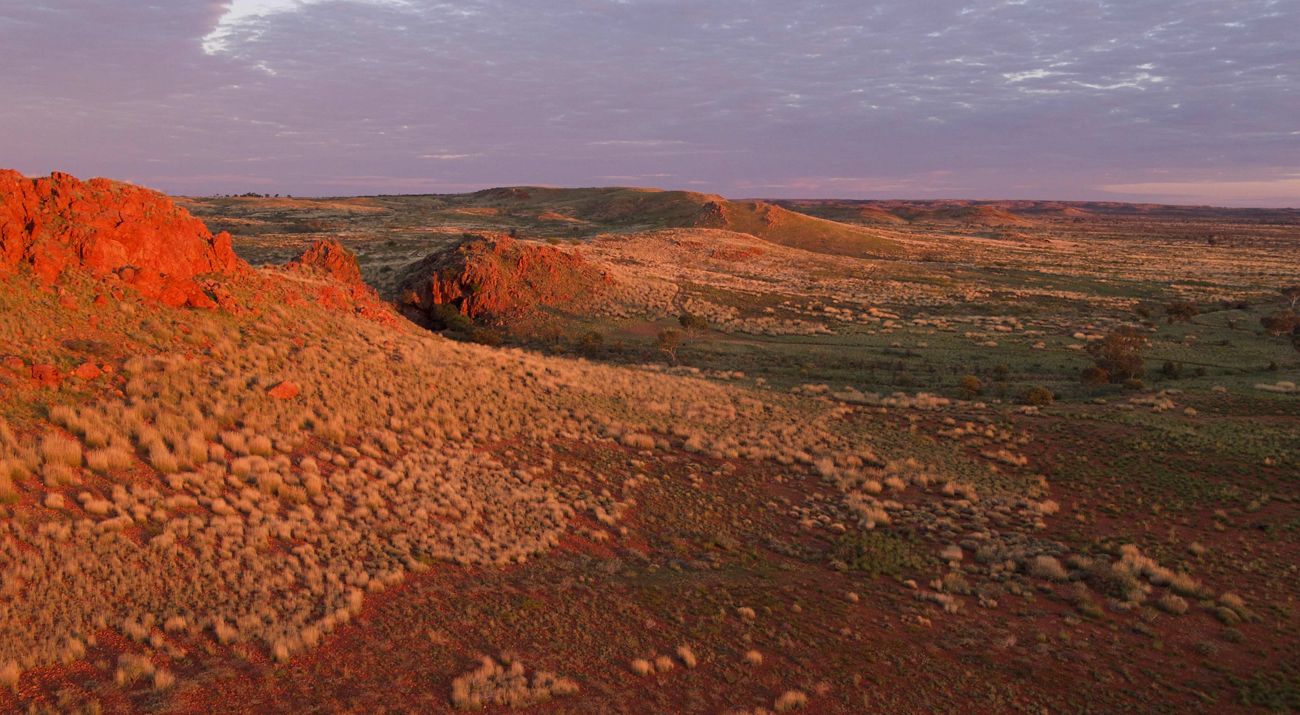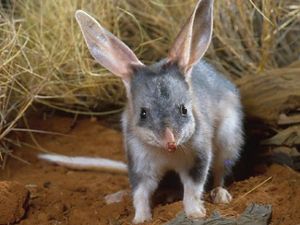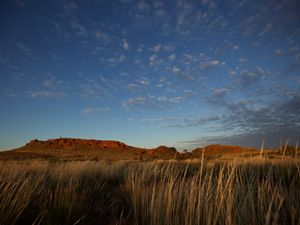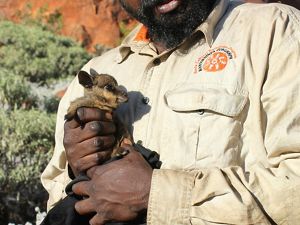The desert is not deserted. A common misconception is that our deserts are uninhabited wastelands where few animals survive. In reality, that’s way short of the truth. Australia is home to the largest intact desert on Earth, full of wildlife spectacularly evolved to eke out a living in the extreme conditions of the desert – searing heat by day, shivering cold by night, dry for months or years at a time, inundated with torrential rain in a flash. They are home to bilbies, dunnarts, kangaroos, wallabies, bats, Dingos and a wondrous array of native rodents. The highly varied habitat types of our deserts also support a huge diversity of birds and reptiles, and even some frogs, most found nowhere else on Earth.
Thriving as they are, Australian deserts face significant threats to their continued health. Changed fire regimes, feral animals, weeds and climate change are all having serious negative effects on desert wildlife. Our programs in the aridlands, such as the Martu Living Deserts Project, are helping to address these threats.
Greater Bilby (Mankarr)
Often simply called the bilby, since the extinction of the Lesser Bilby in the middle of last century, Mankarr (as they are known throughout the Western Desert) are an icon of the sandy deserts of the Outback. Like most desert dwellers they are nocturnal, spending their days in burrows deep underground to avoid the heat. You can find out more about our work with bilbies here.
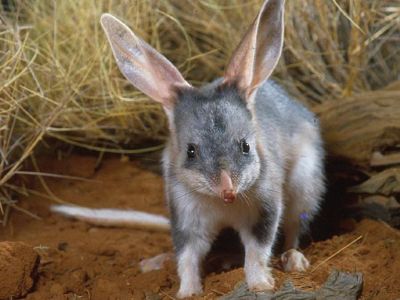
Black-flanked Rock-Wallaby (Warru)
Known in the Western Desert as Warru, these endangered marsupials are making a comeback in various parts of Western Australia where introduced predators like cats and foxes can be effectively controlled or excluded. Read more about our work with Martu people to conserve the Warru.
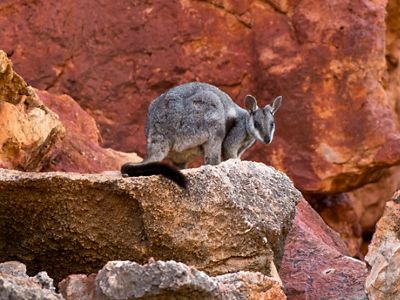
Pink Cockatoo
Often referred to as Major Mitchell’s Cockatoo, these spectacular parrots of the Australian Desert will not tolerate other nesting pairs close by. Unlike galahs that have benefitted greatly from agriculture, Pink Cockatoos have declined since European settlement as they need vast undisturbed areas of woodland to survive and breed successfully.
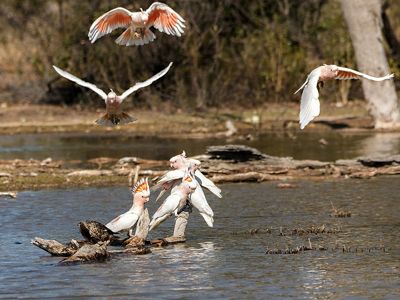
Great Desert Skink (Mulyamiji)
Highly significant to Martu people of the Western Desert, this lizard is known to them as Mulyamiji. They construct large burrow complexes in the desert sand up to 13 metres in diameter. With as many as twenty entrances, the complex may take up to two summers to complete. Each burrow complex is shared by a family group of up to four generations. They are listed nationally as Vulnerable.

Camels and cats
Human settlers to Australia introduced a number of non-native species over the last two hundred years that have wreaked havoc on native species across the continent. In the deserts, camels (originally from the Middle East and the Horn of Africa) and domestic cats continue to cause tremendous damage to habitats and to the survival of native species.
Cats in particular are extremely damaging to small mammals and have been the primary reason for many of the 30 mammal extinctions in Australia since the late 1700s. Our work in the desert assists Indigenous Australians manage these threats to their country and wildlife.
Watch this short video to spot the feral animals at Martu waterholes.
Help us continue our work to secure the futures of Australia's unique wildlife
Just $25 can help conserve 125 hectares of habitat for the Bilby.
